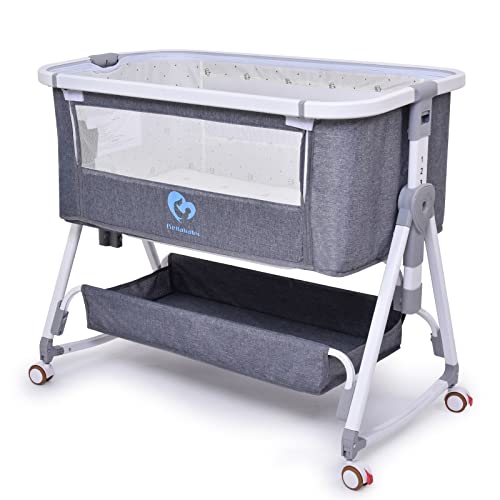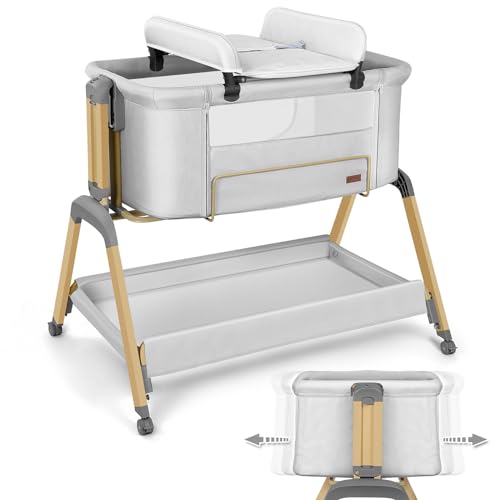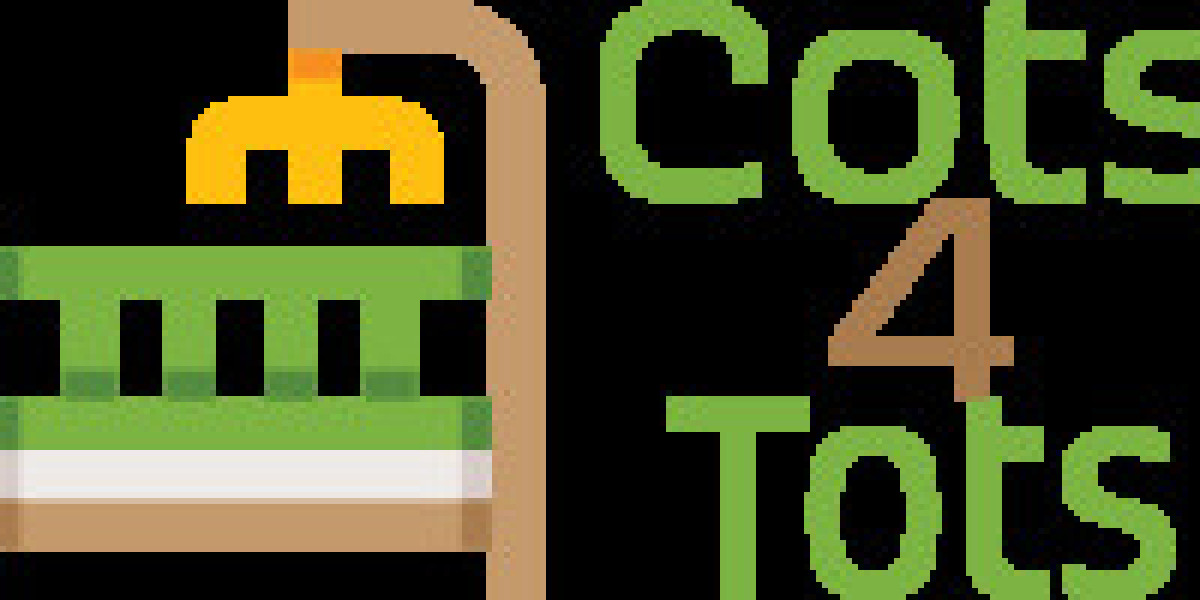In the realm of infant and toddler furniture, cots stand out as one of the most essential and widely purchased items. A cot provides a safe and comfortable sleeping environment for newborns and young children, making it a top priority for parents. However, the market for cots is vast and varied, with numerous options available in terms of design, material, and functionality. This article aims to guide parents through the process of cot sales, highlighting key factors to consider, common pitfalls to avoid, and providing answers to frequently asked questions.

The Importance of Choosing the Right Cot
Selecting the right cot is crucial for several reasons. Firstly, it directly impacts the safety and well-being of the child. A well-designed cot with sturdy construction and appropriate safety features can prevent accidents and ensure a peaceful sleep environment. Secondly, the cot serves as a focal point in the nursery, and its style and quality can enhance the overall aesthetic of the room. Lastly, a high-quality cot can be a long-term investment, often convertible into a toddler bed or used for multiple children, making it a cost-effective choice.
Key Factors to Consider When Buying a Cot
Safety Standards

- Ensure the cot meets safety standards such as ASTM (American Society for Testing and Materials) or EN (European Norms). These standards guarantee that the cot is free from hazardous materials and has features like secure railings and a stable base.
- Check for any recalls on the cot model. Manufacturers occasionally recall cots due to safety concerns, and it’s essential to avoid these models.
Material and Construction
- Opt for cots made from high-quality, non-toxic materials such as solid wood or eco-friendly bamboo. These materials are durable and safe for the baby.
- Consider the type of finish used. Natural finishes or water-based paints are preferable over synthetic materials that may emit harmful chemicals.
Size and Space
- Measure the nursery space to ensure the cot fits comfortably. Standard cot sizes vary by region, with options like mini cots, standard cots, and convertible cots.
- Keep in mind the future use of the cot. Convertible cots that can transform into toddler beds or even full-size beds are an excellent choice for growing families.
Mattress Compatibility
- Ensure the cot is compatible with the type and size of mattress you plan to use. A snug fit is crucial to prevent any gaps that could pose a risk to the baby.
- Consider the firmness of the mattress, as a too-soft mattress can be unsafe.
Additional Features
- Some cots come with additional features such as adjustable height settings, which allow parents to lower the mattress as the child grows, reducing the risk of falls.
- Look for cots with removable sides, which can make it easier to lift the baby in and out of the cot.
Brand and Reputation
- Research the brand and read reviews from other parents. A reputable brand is more likely to produce a high-quality and safe product.
- Consider the warranty and customer service. A good warranty can provide peace of mind, and responsive customer service can help with any issues that arise.
Common Pitfalls to Avoid
- Overlooking Safety Features: Never compromise on safety. Avoid cots with decorative cutouts or loose hardware that could pose a risk.
- Ignoring Size and Fit: A cot that doesn’t fit the nursery space or isn’t compatible with the chosen mattress can lead to unnecessary stress and additional costs.
- Buying the Cheapest Option: While budget is a concern, the cheapest cot may not be the safest or most durable. investing in a higher-quality cot can save money and worry in the long run.
- Neglecting Ease of Use: Consider how easy it will be to assemble and use the cot daily. Features like easy assembly and adjustable sides can make a significant difference.
Where to Buy Cots
Online Retailers
- Amazon: Offers a wide range of cots with detailed product descriptions and customer reviews.
- Wayfair: Known for its extensive selection of furniture, including various styles of cots.
- IKEA: Renowned for its affordable and modern designs, IKEA offers Cots 4 Tots that are both functional and stylish.
Specialty Baby Stores
- BuyBuyBaby: Specializes in baby and toddler products, ensuring a curated selection of high-quality cots.
- Babies R Us: Another retailer focusing on baby essentials, with a variety of cots and knowledgeable staff.
Local Furniture Stores
- Local Boutiques: Often offer unique and handmade cots that can add a special touch to the nursery.
- Furniture Chains: Stores like Ashley Furniture and Pottery Barn Kids provide a range of cots with different price points and styles.
Tips for Ensuring a Safe and Comfortable Cot
- Regular Inspections: Check the cot regularly for any signs of wear and tear, such as loose screws or splintering wood.
- Proper Assembly: Follow the manufacturer’s instructions carefully when assembling the cot to ensure all parts are securely in place.
- Bedding Choice: Use a fitted sheet and avoid loose bedding, pillows, and stuffed animals, which can pose suffocation risks.
- Temperature Control: Ensure the nursery is at a comfortable temperature and the baby is dressed appropriately to avoid overheating.
Frequently Asked Questions (FAQs)
Q: What are the most important safety features to look for in a cot?
- A: Key safety features include secure railings, a stable base, and adherence to safety standards like ASTM or EN. Adjustable height settings are also beneficial as the baby grows.
Q: How do I choose the right mattress for my cot?
- A: Ensure the mattress fits snugly within the cot with no gaps. Choose a firm mattress to reduce the risk of suffocation. Look for certifications like the CertiPUR-US seal, which indicates the mattress is free from harmful chemicals.
Q: Are there any environmental considerations when buying a cot?
- A: Yes, consider cots made from sustainable materials like bamboo or reclaimed wood. Look for products with eco-friendly certifications such as FSC (Forest Stewardship Council) or Greenguard.
Q: Can I use a second-hand cot?
- A: While it’s possible to use a second-hand cot, it’s essential to ensure it meets current safety standards and has no signs of damage. Check for recalls and consider having it professionally inspected.
Q: How long will my baby use the cot?
- A: Most babies use a cot until they are around 2 to 3 years old. Convertible cots can extend this usage period by transforming into toddler beds or full-size beds.
Q: What are the benefits of a convertible cot?
- A: Convertible cots can grow with your child, offering multiple configurations as they age. This makes them a cost-effective and practical choice for many parents.
Choosing the right cot is a significant decision for parents, combining safety, comfort, and aesthetic considerations. By understanding the key factors and common pitfalls, parents can make an informed choice that will benefit their child and the family in the long run. Whether shopping online or in-store, taking the time to research and consider all options will ensure a peaceful and secure sleeping environment for the little one.
Additional Resources
- Consumer Reports: Offers detailed reviews and ratings of various cot models.
- ASTM International: Provides information on safety standards and guidelines for infant products.
- European Committee for Standardization (CEN): Offers European safety standards for cots and other baby furniture.
By following this guide, parents can navigate the world of cot sales with confidence, ensuring they find the perfect cot for their child.



